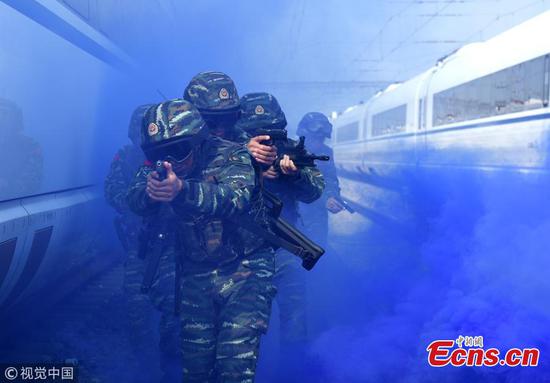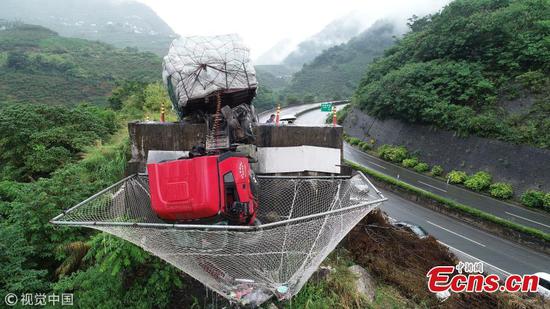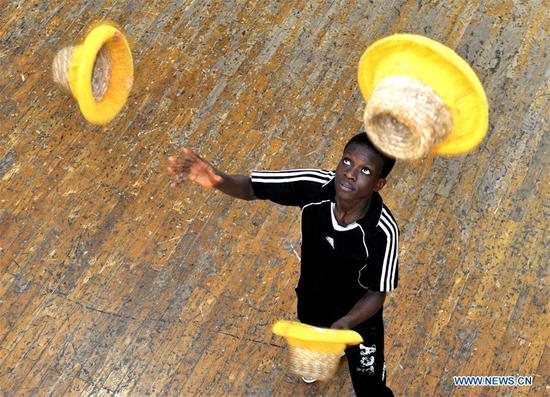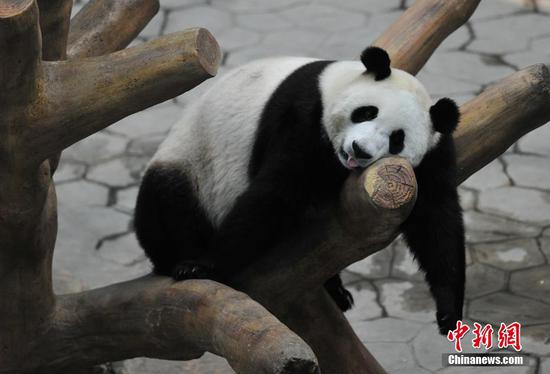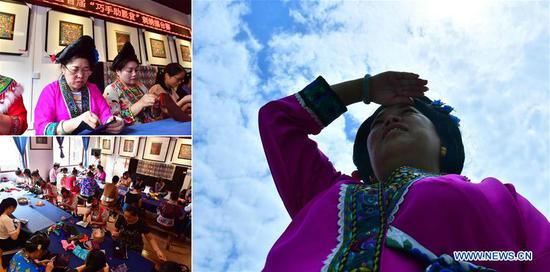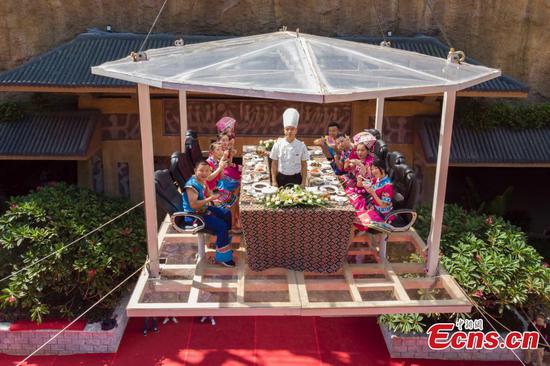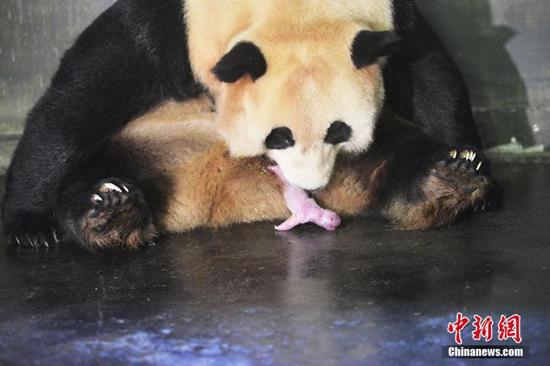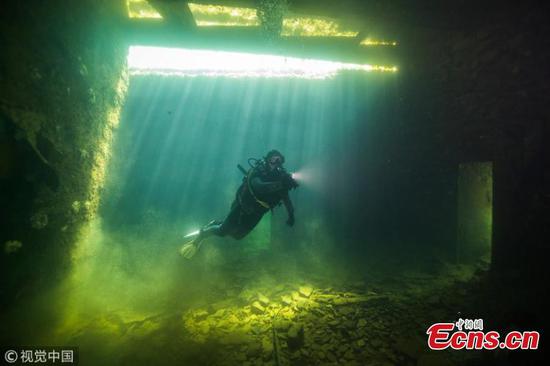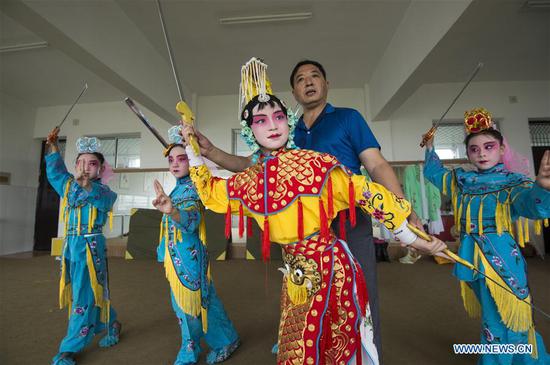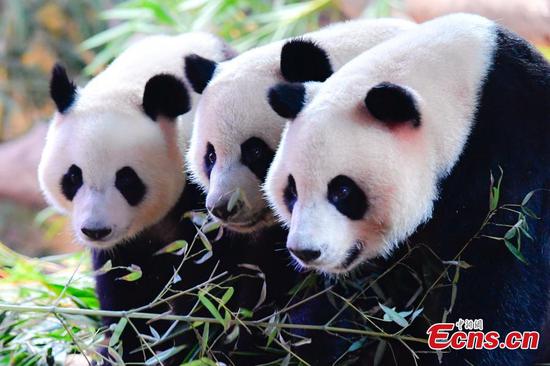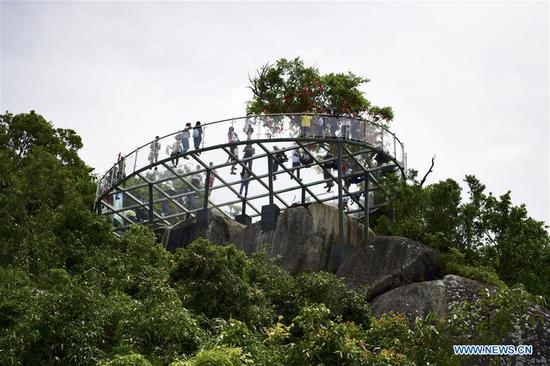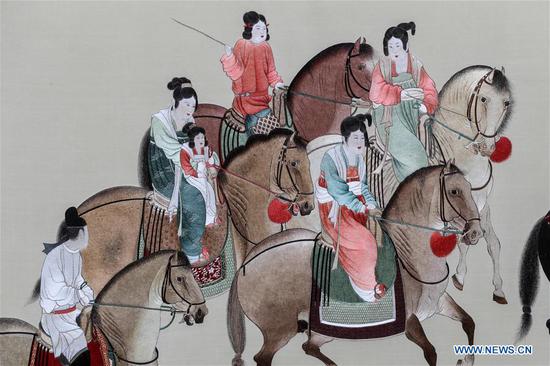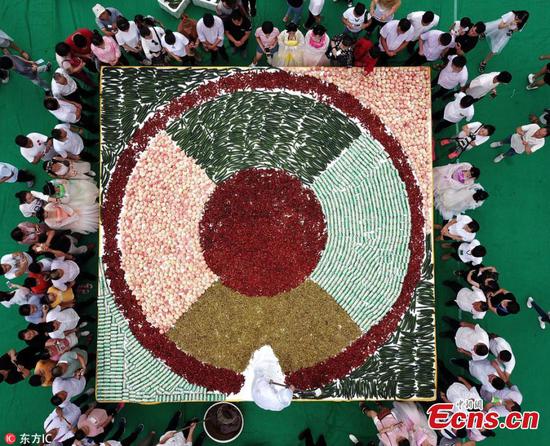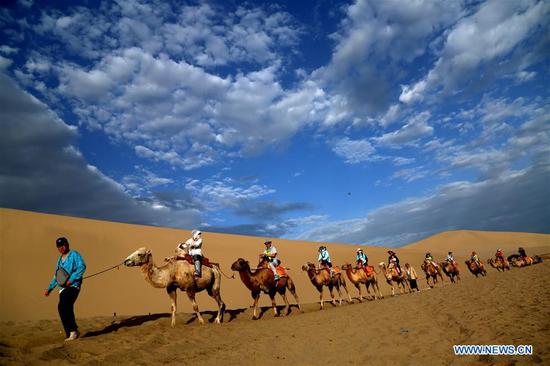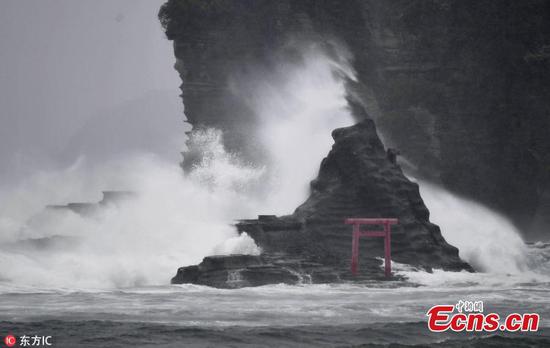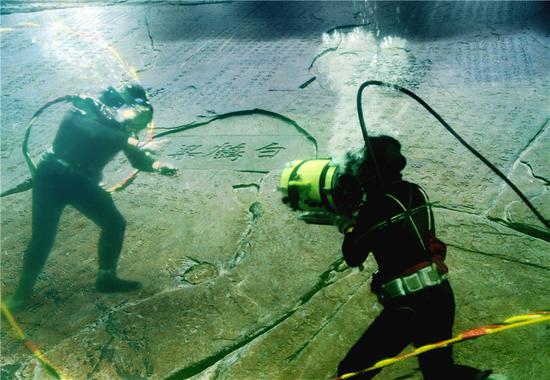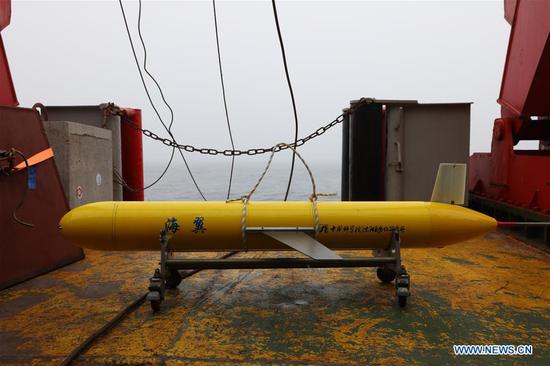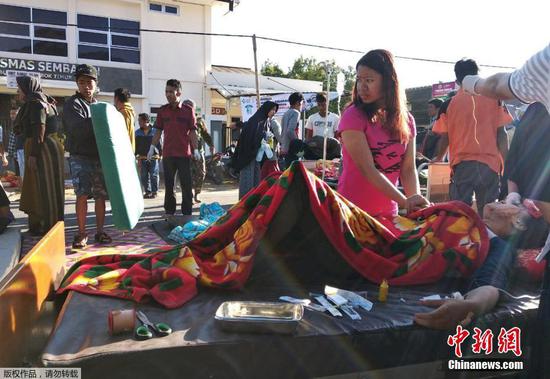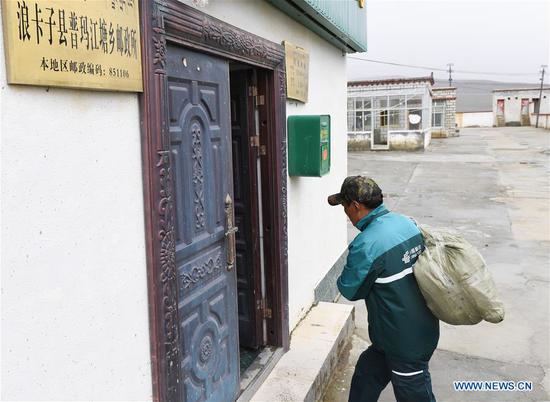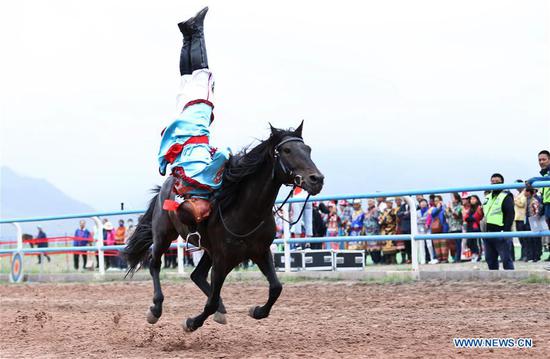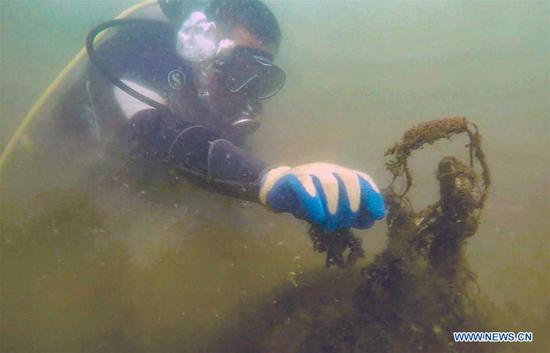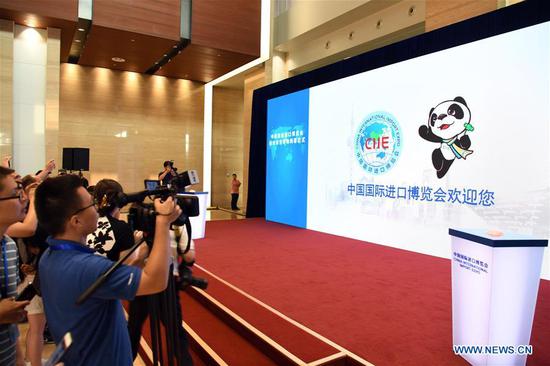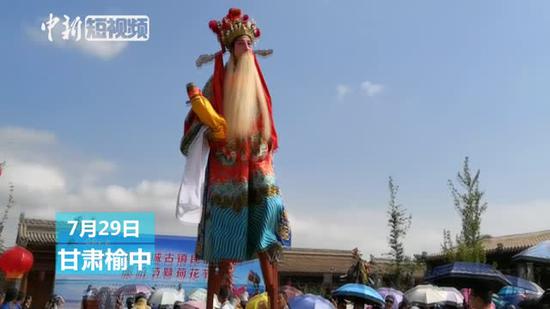Long Tingyou, 63, is happy to see the Qingxi, a 23-kilometer-long river that flows through his village and into the Yangtze River, get its color back thanks to the local efforts to develop ecological tourism in the area.
According to Long, a villager from Minqiang village in Naxi district of Luzhou, Sichuan Province, the river bears his childhood memories and he used to catch a lot of fish and shrimps in it as a child. Back then, the Chinese sucker, now a national second-degree protected species, was still commonly seen in the river, he said.
However, the water quality of the river gradually deteriorated until it became a "gutter" after chemical plants were established after the 1980s.
"There water was so black that we couldn't see fish in it anymore. Chicken and ducks couldn't be raised along the banks," he said.
Initially, villagers like Long were looking forward to the arrival of chemical plants, which they believed would generate more income by hiring local people. However, the expectations soon turned into disappointment.
"The plants did look for workers. But villagers here did not enter them," Long said, explaining that many of the plants emitted awful smell, and the waste water was hazardous, too. Villagers soon found that even their crops and fruit trees were suffering greatly from the pollution, and many young people decided to abandon farming and work as migrant workers.
Su Xiaoping, Party secretary of the village committee of the Communist Party of China, said conflicts between the villagers and plants were not rare in those years. From time to time, the villagers would complain to the local government, asking the plants for compensation.
"But there was no ultimate solution for the problems. It was easier to invite the plants than to send them back away," said Su, who himself played a role in inviting the plants.
In recent years, the local government has decided to shift its development mode and treat the pollution problem of the Qingxi River, which covers an area of 112 square km and involves four villages, with a total population of 8,000.
With limited fund from higher-level government and of its own, the Naxi district government decided to bring in social capital and integrate pollution treatment with ecological tourism.
It invited Luzhoulaojiao, a nationally known wine producer based in the city, to work together on the project.
In 2013, the district government invested 110 million, and Luzhoulaojiao invested another 120 million yuan to jointly carry out environmental treatment of the river area. Measures including cleaning of the waterway, and shutting down industrial plants were taken. The local government did the job of closing polluting enterprises, while Qingxigu tourist company, set up by Luzhoulaojiao in the region, was responsible for the recovery of wetland ecology in the valley.
"We also had concerns in the beginning. Our company agreed to join in with the prerequisite that the government would deal the industrial pollution first," said Wang Gang, general manager of Qingxigu company.
According to Deng Xiaojun, deputy head of the Naxi District, they have dealt with different factories according to their types and polluting degrees based on environmental law enforcement principles.
"We should not only publicize policies to tell the enterprises what are forbidden, but also point a way out for them," said Deng.
Some well managed and environmentally qualified enterprises have been relocated to the local industrial park, while those who cannot even afford qualified waste treatment equipment were shut down, while favorable taxation and rent policies were offered to guide them to transform toward greener industries, he said.
The tourist site in Mingqiang village started construction in 2013 and opened to the public the next year. Currently, it includes several vineyards for Baijiu, Chinese liquor, and dozens more are planned to attract and accommodate more visitors. Other tourist projects such as river rafting and a sightseeing glass walk have also been introduced.
During peak season, the tourist site attracts more than 20,000 visitors per day, according to Wang.
In 2017, the company's projects in Minqiang village realized balance of revenue and expenditure, and are expecting to make profits, Wang said.
So far, the company's spending on labor has reached 4 million yuan, most of which went to local villagers.
Long earned about 20,000 yuan last year, while his wife also works as a cleaner at the vineyard. Now more than 500 villagers among a total population of 5,000 from Minqiang are employed by the company.
"With so many people coming, our villagers can make money right in front of our doors," said Su.
Land circulation, incomes from labor and independent management of businesses shops or restaurants catering to growing tourists not only solved the urgent livelihood issues for local villagers, but also provide promising prospects in the future, Su added.
Cooperation with enterprises like Luzhoulaojiao not only solved the problem of capital shortage, but relieved the pressure of maintenance in the following stages, according to Deng.
"The company has to rely on the river for its future development, so it will actively protect it. By developing eco-tourism, the environmental treatment of Qingxi River becomes more sustainable," Deng explained.
Villagers like Long and Su are glad to see the river water becomes clean again after years of heavy pollution.
"Pollution forced some people to leave, but pollution treatment has been effective and our village is attracting even more people from outside," said Su, adding that he is proud to have played a part in sending away the polluting factories.
Now, the outlet water quality of Qingxi River has improved to the category Ⅲ or above, from an average of category V in the past, said Deng. According to national standards, category Ⅲ is mainly applicable to drinking water sources for centralized communities.
According to Su, now the villagers' environmental awareness has gradually improved along with the joint efforts to improve the local environment, and they appreciate the improved water quality, greener environment, and facilitated infrastructure with the development of tourism.











